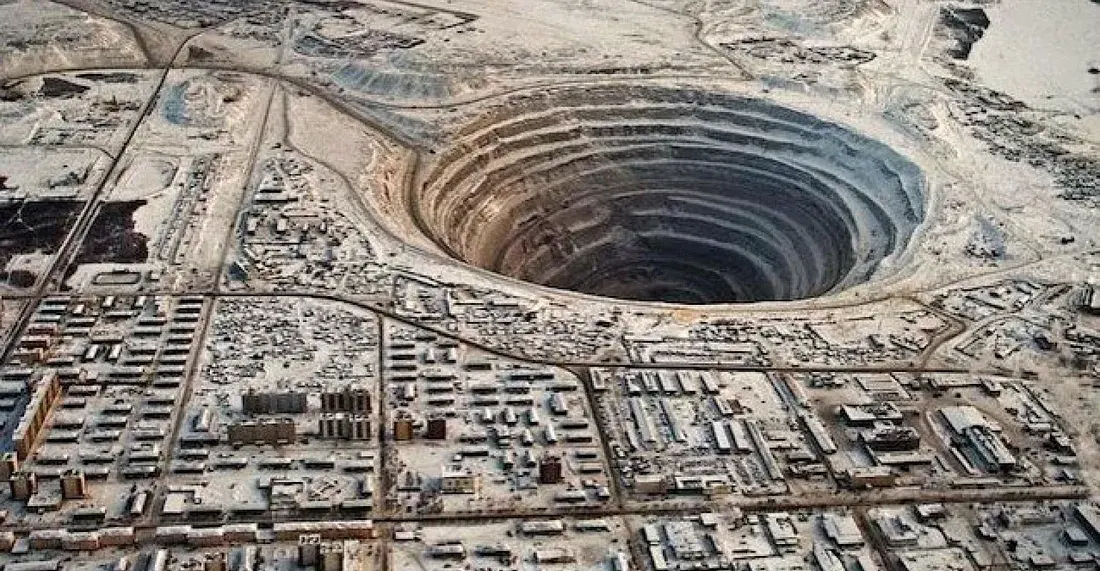Most often, we all hear things good about Electric Vehicles (EVs). Things like how they don’t consume fossil fuels to run, can last longer with fewer parts involved in manufacturing and so on.
But there is also another side to this coin. Mining!
As you already know, any EV runs on batteries. The batteries are made predominantly using Lithium, Nickel, Manganese and Cobalt. Such minerals are not easy to extract.
In the case of Lithium (also known as White Gold) mining, as per The Guardian “World production is set to soar over the next decade. Yet mining is linked to all sorts of environmental headaches. In the so-called Lithium Triangle of South America — made up of Chile, Argentina and Bolivia — vast quantities of water are pumped from underground sources to help extract lithium from ores, and this has been linked to the lowering of groundwater levels and the spread of deserts.”
And 75% of the Lithium mined is refined in China. In 2016, it was reported that a toxic chemical leak from the Ganzizhou Rongda Lithium mine polluted the local Lichu River.
Also as Elon Musk said during the July 2022 earnings call, refining is much harder when compared to extracting it.
Then there is the issue of cobalt mining. 60% of the global cobalt supply comes from the Democratic Republic of Congo. It is reported that large numbers of unregulated miners use child miners as young as seven, where they breathe in cobalt-laden dust that can cause fatal lung ailments.
A few days ago, the Indian Ministry of Mines reported the discovery of a lithium mine reserve, the fifth-largest in the world, in the Reasi district of Jammu and Kashmir. It is highly important that this mine is not exploited and does not end up creating social, economical and environmental risks.

This doesn’t stop here though. The political and consumer shift to EVs along with the ongoing transition away from fossil fuels will likely trigger shortages of some key metals used in electric vehicle batteries requiring hundreds of new mines. It is expected that the demand for EV batteries to spike to tens of millions of units annually in the years ahead.
As per a report by Forbes, “A projected six-fold surge in demand for lithium-ion batteries over the next decade means up to 384 additional graphite, lithium, nickel and cobalt mines may be needed by 2035 to supply all those new EVs, industry forecaster Benchmark Minerals said in a report. Even a big increase in battery recycling, as planned by companies including Redwood Materials and Li-Cycle, would only cut the number of new mines to 336, according to Benchmark.
Demand for nickel, cobalt and graphite is projected by the agency to grow as much as 25 times what it is today.”
That is not all. We haven’t yet discussed recycling batteries used in EVs, have we?
It is estimated that there will be 2 million tons of batteries to be disposed of by 2030. But the catch here is that Lithium explodes when it comes in contact with water, so where does this waste go? We will discuss that in our upcoming blogs.
Till then remember that EVs, which seem clean when being used, are not actually clean(and so are many other digital devices too). It is important that we hold these companies accountable for the processes they deploy in order to recycle batteries and eliminate waste.
So, what do you think can make our mobility better without harming the environment?

